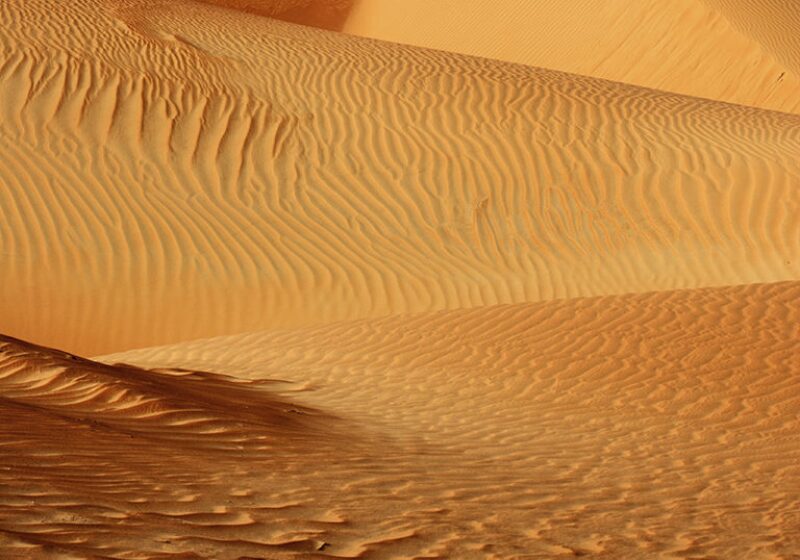Saudi Aramco’s new strategy aims to implement its intelligent field (I-Field) concept in all its upstream operations by 2016-2017, according to a source close to the company.
The move is part of the company’s efforts to be more proactive in field management and move toward a vision of autonomous fields. “All of Saudi Aramco’s fields are set to be intelligent by 2016-2017,” the source said.
Saudi Aramco is considered one of the leading national oil companies to adopt a smart field initiative through the I-Field concept, which integrates real-time data in its upstream business processes. It currently has 19 I-Fields underway.
The deployment of the I-Field concept at Saudi Aramco’s fields has enabled the company to more closely monitor reservoirs. “For the reservoir, if something happens, we can correct it in six months, but … some of the damages are irreversible damages,” the source said. “Now, with real-time reservoir monitoring, we can correct the damage earlier.”
The involvement of Saudi Aramco with the intelligent field concept started with the development of the Haradh III project. “That was the industry’s most sophisticated smart field development, with multilateral wells, all equipped with smart completion, and real-time data which can control any well, any time,” the source said.
The field development, occurring over a decade, offered a unique opportunity to gauge the impact of technologies. Haradh I was developed exclusively with vertical wells, whereas horizontal completions provided the primary configuration for producers/injectors in Haradh II. Haradh III was developed by relying mainly on smart completions within an I-Field framework. The total Haradh production capacity is 900,000 BOPD, with equal contributions from the three subsegments.
The Haradh III development at the southern tip of the Ghawar oil field in Saudi Arabia, completed in 2006, has been portrayed by Saudi Aramco as the turning point in the battle between geological adversity and engineering prowess. The poorest reservoir rock in Ghawar has succumbed to the latest in well and drilling technology. Aided by 3D seismic images showing fracture locations, well sites were optimized and drills were guided by remote control from Dhahran. Smart completions were standard, and an I-Field was set up.
Maximum-reservoir-connectivity wells (MRCs) were fitted with monitoring electronics and valves on individual laterals so that they could be throttled back as needed to minimize water encroachment. After testing and adjustments, everything rolled out ahead of schedule. Goals for individual well productivity of 10,000 BOPD were met, and projections indicated smooth sailing for 10 years or more.
Haradh III became the first Saudi Aramco development project to be developed exclusively with MRC wells with downhole ICVs for flow control. Average well-production rates were targeted to be 10,000 BOPD, compared with 3,000 BOPD and 6,000 BOPD for Haradh I and II, respectively. The smart completions were necessary to ensure production sustainability in the face of premature water encroachment through fault/fracture systems. In fact, the well requirements and relative unit costs would have been considerably higher had vertical or conventional single-horizontal wells been selected instead of MRC wells for Haradh III.
“After the Haradh field development, all the increments, with no exception, became smart fields, including Abqiq and Khurais,” the source said. Khurais is the largest increment in the world, with production capacity of 1.2 million BOPD. “In the Manifa field, we are getting the data of the pressure before we put the wells in production.”
While implementing an I-Field is easy with green fields, brown fields are more challenging. In the southern reservoir area, which includes brown fields like Ghawar, Khurais, and Abqiq, establishing an I-Field requires a strategic surveillance program.

